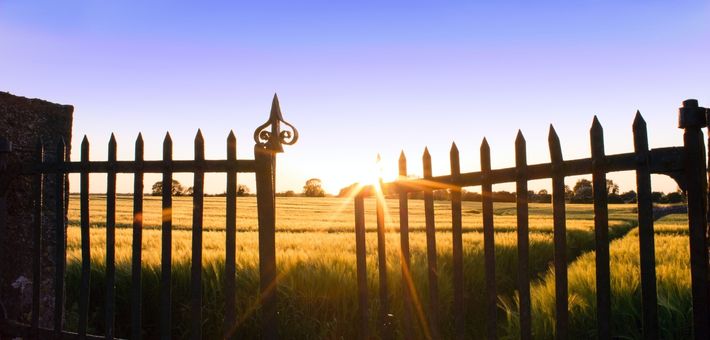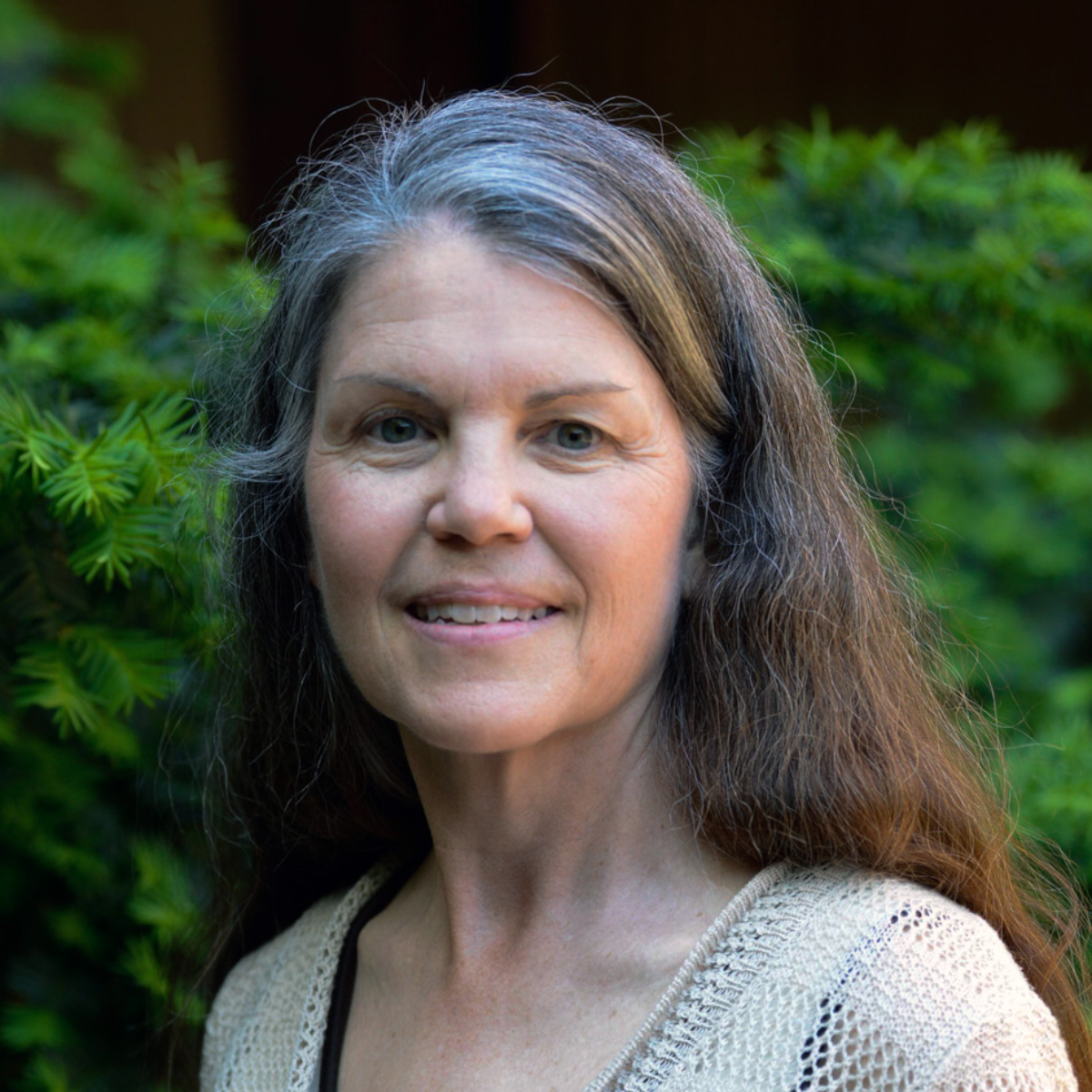Commentary on Acts 2:42-47
The reading for the Fourth Sunday of Easter stretches into the days following the Pentecost experience. Peter’s sermon (Acts 2:14–36) has moved a vast number of people to be baptized, about three thousand in all according to Luke. See my Second Sunday of Easter post for background information on the Acts of the Apostles and the first verse of the reading, Acts 2:14a. Briefly, while verse 14 seems to refer to free Judean men and men in Jerusalem, both our passage from last week, Acts 2:36–41, and today’s reading makes it clear that the crowds present on the day of Pentecost include a mixed group of people, of various ages, genders, and nations (see also my Third Sunday of Easter post).
While some modern versions of the Bible (for example the New Revised Standard Version) place a subject headings before verses 37–42, and 43–47, and the lectionary breaks the latter portion of Acts 2 between verses 41 and 42, from a literary perspective the Pentecost narrative extends from Acts 2:1–2:47. The next clear break in the story is found at 3:1, when the scene shifts to an unspecified “one day.” Thus, Acts 2 describes the events of the Holy Spirit coming upon the people gathered in Jerusalem fifty days after Easter. Peter steps forward to explain what has come to pass, beginning with God’s actions as recounted in the Hebrew Bible and then through the life, ministry, death, and resurrection of Jesus. He calls upon the crowds to repent and be baptized in the name of Jesus Christ. Those who heed this call shape themselves into a new community of Christ-believers.
This Christ community forms themselves through the apostles’ teaching of the Gospel, that is, the message of Jesus; they share fellowship with one another, and sit together for common meals, and they pray and worship with one another. This description draws upon another significant theme from Luke’s Gospel: table fellowship. Throughout Luke, Jesus eats with a variety of people in a variety of settings: with tax collectors (Luke 5:27–32), with Pharisees (7:36–50, 14:1–14), in the home of strangers whom the disciples rely on for hospitality (10:1–12), a Passover meal (22:14–30). These meals raise questions for the reader, such as “Who eats? What do you eat? Where do you eat? With whom do you eat? How do you eat? Why do you eat?” For Luke, meals become an opportunity for social critique and revealing barriers to social interactions. By resurrection day, a new kind of meal interaction takes place. In Luke 24, meals are shown to be the place of revelation, a defining point in the life of the community.
Acts 2:44-46 then describes how the community handles their property: “they would sell their possessions and goods and distribute the proceeds to all, as any had need.” Luke’s vision is of a Christ community where all members have their basic needs met; where there will be enough food for all and the basic needs of life will be available for all. Some modern Christians are offended by this sharing of goods: “You’re teaching socialism,” they tell the minister. No, this ancient story is referring to an even older story: it is, in a sense, a return to Eden, where the first humans had their food and needs for life provided for by God. The apostles’ signs and wonders continue the healing ministries of Jesus. It is the dawning of the “year of the Lord’s favor,” as Jesus proclaimed early in his ministry (Luke 4:19). It is as Zechariah prophesied “By the tender mercy of our God, the dawn from on high will break upon us, to give light to those who sit in darkness and in the shadow of death, to guide our feet to the way of peace” (Luke 1:78-79).
The community of believers remains in Jerusalem, worshiping in the Temple, then returning home to share meals with one another. Joy and gladness mark their days; their abundant joy is contagious, and others continually join their fellowship. Even as verses 43-47 close out the Pentecost story, they function as a transition into the next segment of the story of Acts which stretches from 3:1—5:12. The new Christ Community, led by Peter, John and the other apostles remain in Jerusalem and continue to teach, preach, and do signs and wonders. Acts 4:32-35 reaffirms the ideal of the community holding all possessions and property in common, and it provides the specific example of Barnabas, who sold all of his property and gave the proceeds to the apostles.
However, just like the stories in Genesis, where the goodness given by God does not last, and the frailty of human existence breaks through paradise, soon this ideal community is marred by sin, in this case greed, power, and prejudice. Sapphira and Ananias sell some of their property, but instead of laying it all at the apostles’ feet as Barnabas did, they keep some for themselves (Acts 5:1-11). Their punishment is swift. Each is confronted by Peter and struck dead by the Holy Spirit (a story to remind parishioners of, when they complain about the wrath of the “God of the Old Testament”). The apostles begin to be persecuted (Acts 5:17-40), and divisions begin to arise among the community—some of the Greek speaking members of the community were not receiving the same share of food as some of the Aramaic speaking members of the community (Acts 6:1-6).
But before the brokenness of human life swoops down upon the fledgling Christian community, there is a glimpse of the new creation; a glimpse of the new birth given through the resurrection of Christ. These glimmers of the reign of God seem so far off in our days, but they are as near as our worship, prayer, and fellowship can take us.


April 30, 2023